Whether it be from the inclusion of Dante From The Devil May Cry Series or just good word of mouth, Shin Megami Tensei: Nocturne’s legacy is undeniable. Not only was it the franchise’s first foray into true 3D, but as an early PlayStation 2 game it looks stunning even today because of a timeless aesthetic. Few games are able to match Nocturne’s brilliant atmosphere. There is nothing like it in even its own overarching franchise, both before and since its release. There were re-releases of course, but they were only for the same system to add more content (In fact, the western version we got was the first of these re-releases. You know, the one that added Dante). So when Shin Megami Tensei III: Nocturne HD Remaster was announced I was ecstatic. Not because I felt the game was in need of a big visual overhaul, but because there was a lot of potential to make the game more accessible to modern audiences. Nocturne is great, but it is undeniably a 2003 entry in a series that has come quite a long way mechanically. It also didn’t hurt that it was coming out on almost every major gaming platform, most importantly (in my opinion) the Nintendo Switch.
In my preview last month, I alluded to spending an awful amount of time devouring ATLUS titles in the Nintendo 3DS’ library during my late teenage and early adulthood years. When I think of Shin Megami Tensei, I think of portable gaming. There’s something ironic to be said about playing post-apocalyptic dungeon RPGs in the comfort of your bed. Many nights were spent with the lights off and my headphones plugged into that underpowered little handheld that could, immersing myself in strange and dark worlds, that made me such a big fan of the series. There’s no other RPG that has remotely the same feeling, both in terms of gameplay and story, of a Shin Megami Tensei game.
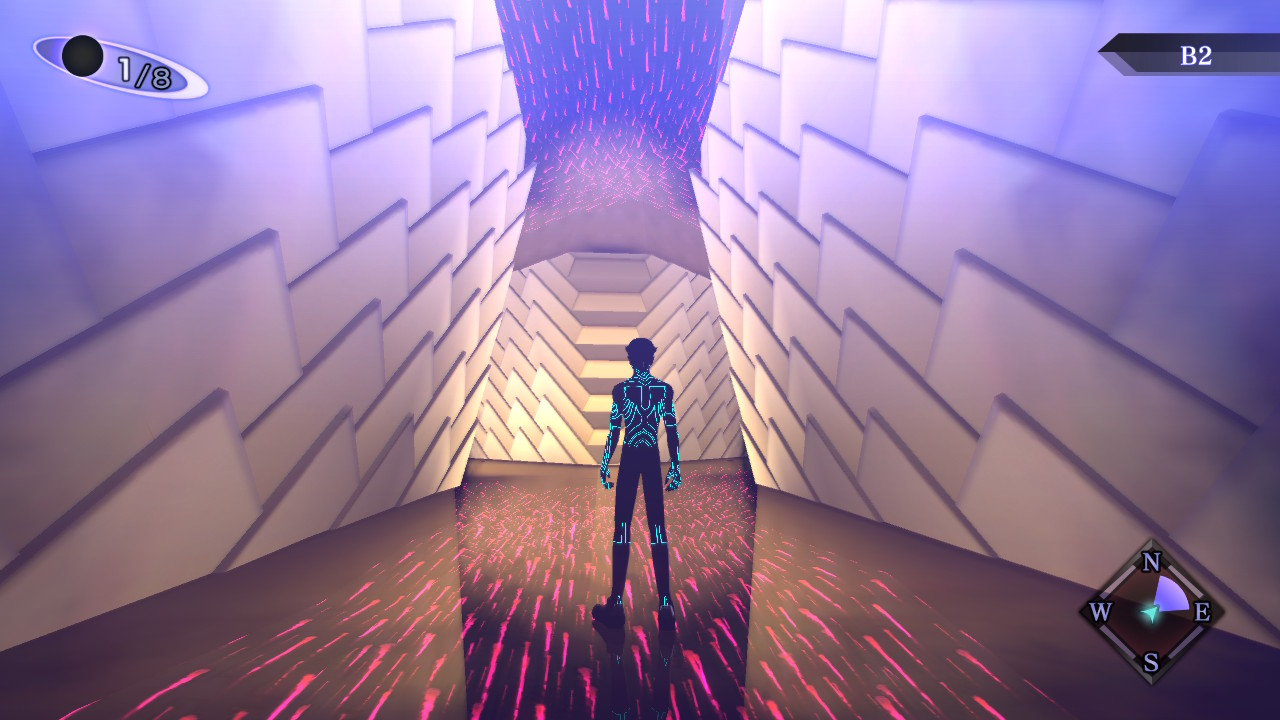
I cover a lot of remasters, re-releases, and sequels. I like to believe this is more on the video game industry than anything I’m doing, but if you’ve been following my writing you might have noticed I tend to include long amounts of prelude for games I have a strong emotional attachment to. Nocturne is one of the greatest RPG experiences in existence, and the Remaster has done a great job of carrying over most of what was worth carrying over and leaving behind what wasn’t. It’s certainly not perfect, but I think the additions are of such high quality that they far outweigh the issues I came across during my revisit.
You play as a young man visiting his teacher in the Shinjuku Medical Center in Tokyo, on the day the world ends. Because you and your friends were at the hospital, you survived the apocalypse known as The Conception. While they maintained their human forms, you were turned into a hybrid known as the Demi-Fiend. This means you stand a chance in the newly demon-populated world, mainly because you can now punch them extremely hard. Nocturne is a story about starting as an insignificant speck of dust at the bottom. Your Demi-Fiend status is the only amount of potential given to you. You are physically weak, and you need to fight your way to the top to prove yourself worthy of having a reason to exist. This story is not told primarily through the narrative (although the narrative is rather great, don’t misunderstand), but with the gameplay.
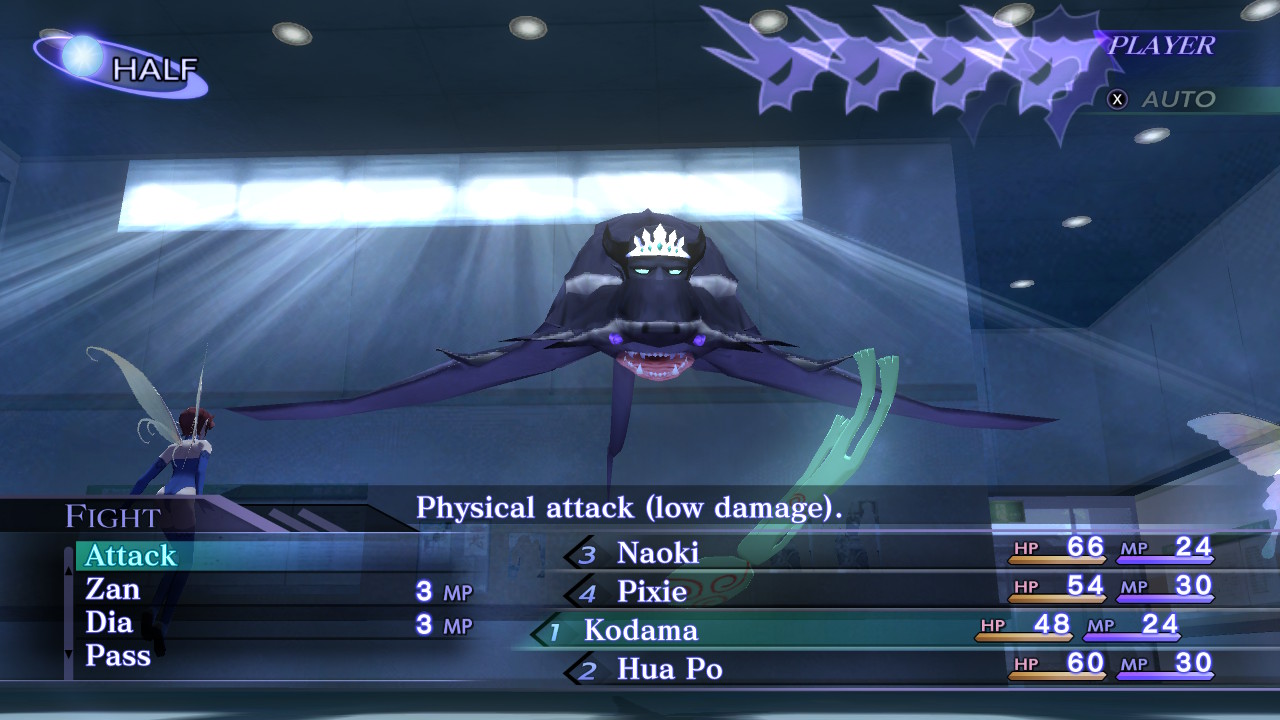
You start in the ruins of the hospital with no one, but quickly learn the core mechanics that you’ll need to survive in the post-Conception world. Nocturne is where the Press Turn system was started, and it changed everything. I’ll simplify this the best I can for those reading it who are hoping to get into Shin Megami Tensei with this game. You start each phase with a turn counter visible on the top right of the screen, with the number based on your number of active party members. Every time you use an action, it takes up a turn, but if you manage to hit an elemental weakness or critical hit you keep that turn. The turn will show up as shining, and will be used up with your next action unless you hit another weakness. Then the next turn will shine, maxing out when it hits all four. This means that at most you could find yourself with eight turns in battle, actively encouraging players to learn the mechanics and study their enemies. While the system seems like it could be skewed in the player’s favor, there are several rules in place to keep it balanced.
It’s impressive just how much they got right with such a new concept on the first try. If you miss an attack or hit with an element that absorbs, you lose two (or up to all) of your turns for that phase. The enemy team has to follow the same rules, and this is where the game gets rather enjoyable for players who enjoy a nice dose of strategy for their RPGs. This game is pretty famous (and in terms of the Matador fiend boss fight, infamous) for its reliance on buffs and debuffs. Understanding them is important, especially since your enemies will gladly use them against you the more the game goes on. Difficulty spikes can happen regularly, and the game can seem frustrating if you don’t take time to really learn the mechanics. Once you do, even the seemingly hardest boss fights become fascinating tug of war sessions. There are few things more satisfying than spending some turns debuffing the hell out of a boss’ hit/evasion rate, boosting yours, and watching them sacrifice all their turns because they can’t land a single hit on you. Nocturne can be exploited, but you have to earn it.
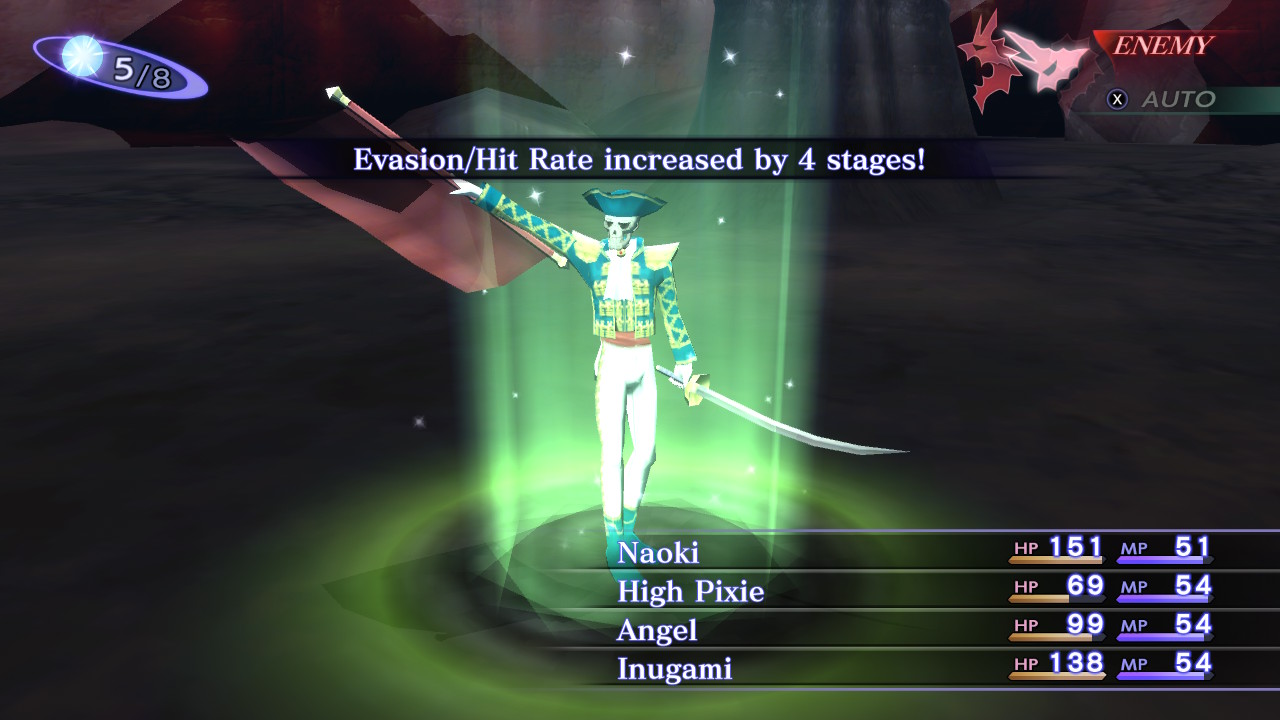
If I were to offer a critique of Nocturne’s gameplay that many other Shin Megami Tensei games share, it would be character building. You have the freedom to build Demi-Fiend however you want, thanks to the Magatama system, but the game heavily leans in the favor of Physical builds. Magatama are gained by buying them in shops or by progressing the story, and are how you unlock your skills. You can freely switch between any of them as long as you aren’t in battle, each giving you various stat bonuses and elemental strengths/weaknesses. Cycling through them is a must in order to survive, and I’m happy the game encourages adaptability in combat. Punching things not only feels good thanks to excellent sound design, but it’s extremely effective. It’s the most efficient way to deal damage early, but the usefulness never stops. This sounds like a complaint, but you are still free to build him however you want and with enough work you can make it ahead. Most of the customization comes from building your party, which comes down to demon negotiation and fusion.
Almost every enemy you fight can be talked to and persuaded to join your side based on a variety of factors. Getting into the specifics of the system would bloat this review, but the chaotic nature and fickleness of demons has always been something I’ve enjoyed. Certain responses are more likely to be favorable to demons over others, but I enjoy how random this can be. It sacrifices convenience for the sake of immersion, and it’s not really that hard to recruit demons. You just need to be at least at their level and give them what they ask for, you’ll usually get it.
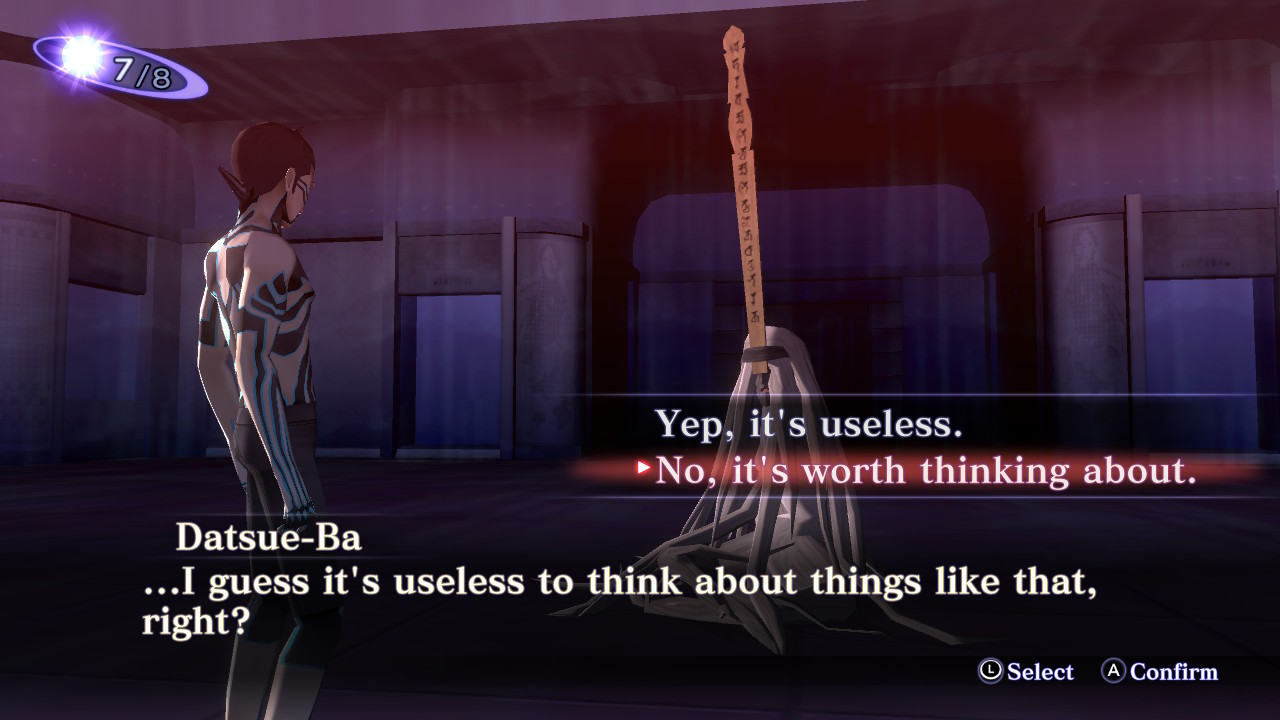
One thing I found this remaster lacking was the convenient enemy analyzing that (to my knowledge) was popularized by the later Persona games and eventually made its way back to the main series. In modern Shin Megami Tensei, you can hit a button at any time to pull up every detail you currently know about an enemy. In Nocturne, it’s a skill that costs a turn. I never wanted to have it waste a skill slot, so I gave it up when I needed to and just remembered which enemies were weak to which abilities. Thankfully the demon designs are striking and memorable, so this makes it easier than it sounds. It’s an annoyance for sure, but a minor one.
Which leads into the game’s biggest new addition and one of the strongest reasons why I feel this is now its definitive version. Demon Fusion is a rather straightforward-sounding mechanic. In any of the major towns will be a Cathedral of Shadows, which is where you can take demons in your party (or use the compendium to summon back old ones for money) and combine them to get new ones. Fused demons have greater potential than recruited ones, because you can carry over skills from the demons it’s based on. In the original game, it would randomize the skills your demon would get. It wasn’t great. You’d essentially find yourself going in and out of the same submenu for minutes at a time, trying to get a good combination of skills brought over to the new demon. When Nocturne HD launched in Japan, there was a lot of disappointment shown that this feature was kept exactly as it was. Thankfully ATLUS listened to the feedback, and introduced the ability to pick what skills are brought over to the new demon like with all of the modern games. This, along with all of the other fixes introduced in post-launch patches, is available day one for this English version. It’s an absolute godsend. So much time will be saved on runs now with this Quality of Life improvement.
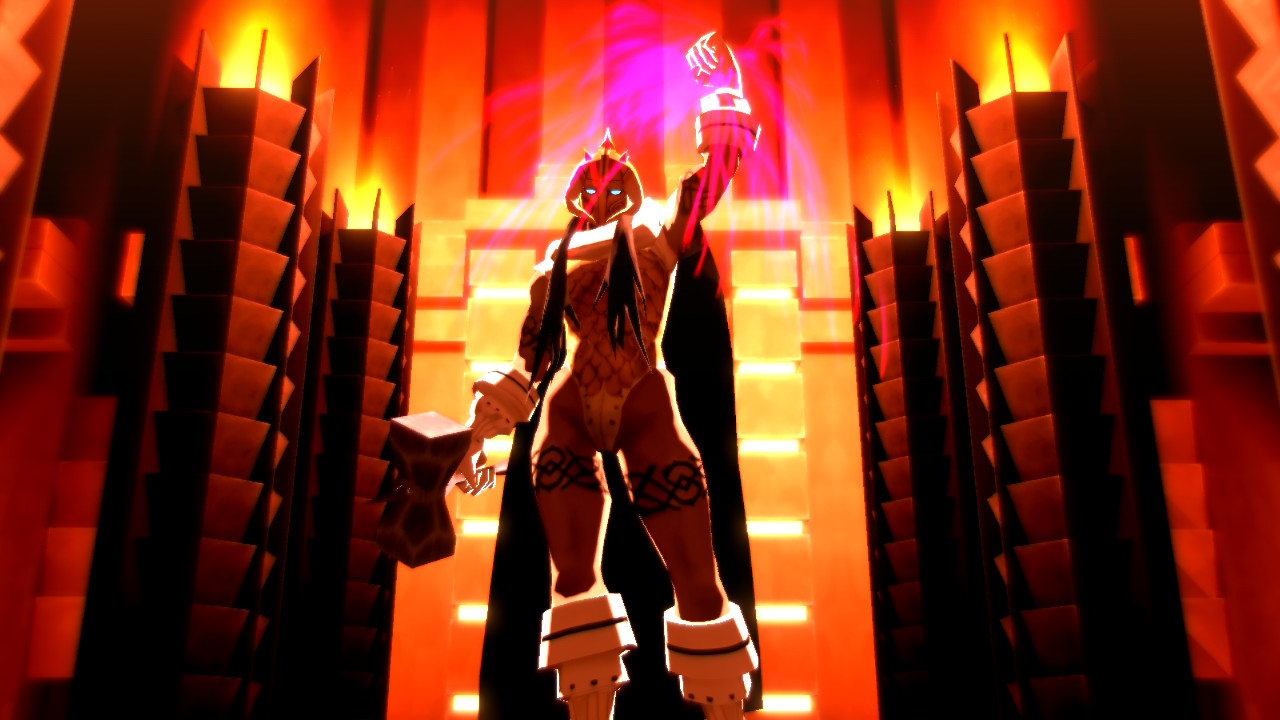
Another big change comes from the difficulty. New to this remaster is the Merciful mode, which is essentially a new easy mode. Normal also feels like it’s been tweaked slightly to make the experience a bit more fair, outside of the encounter rate which still seems rather high. I’m very happy Merciful has been added into the game for those who need it, but I’d recommend Normal still for a first experience if you really like RPGs. I played a bit on Merciful mode thanks to the ability to switch the difficulty in the menu whenever you’d like, and it’s a bit too easy to the point of possibly hurting enjoyment. I love the decreased encounter rate, but things die way too fast and you gain just a bit too much EXP and money per fight. Having said this, if you find yourself in a spot where you need to do some grinding this is perfect for just that.
When you’re not hitting random encounters, you’re traversing the world via the overworld and dungeons. Nocturne’s oppressing atmosphere is a constant in your experience. Because the majority of the population in the Vortex World (which is what Tokyo has now become) are demons, you’ll likely always be running into fights even in the game’s cities. While I wish there could have been more safe zones, I think you’d lose something from what the developer intended with the game’s tone. Like the Demi-Fiend adapts to his new environment, you have to adapt to it too with the gameplay. While the game successfully pulls off a grim aesthetic, it does so in probably the most beautiful way possible. This is one of the most gorgeous post-apocalypses ever portrayed in video games. The environments don’t push the PS2 to its limits, but the original dev team took care to craft a world unlike any ever seen thanks to brilliant art direction. Cutscenes are in full 3D, a first for the series, and their direction can be downright breathtaking.
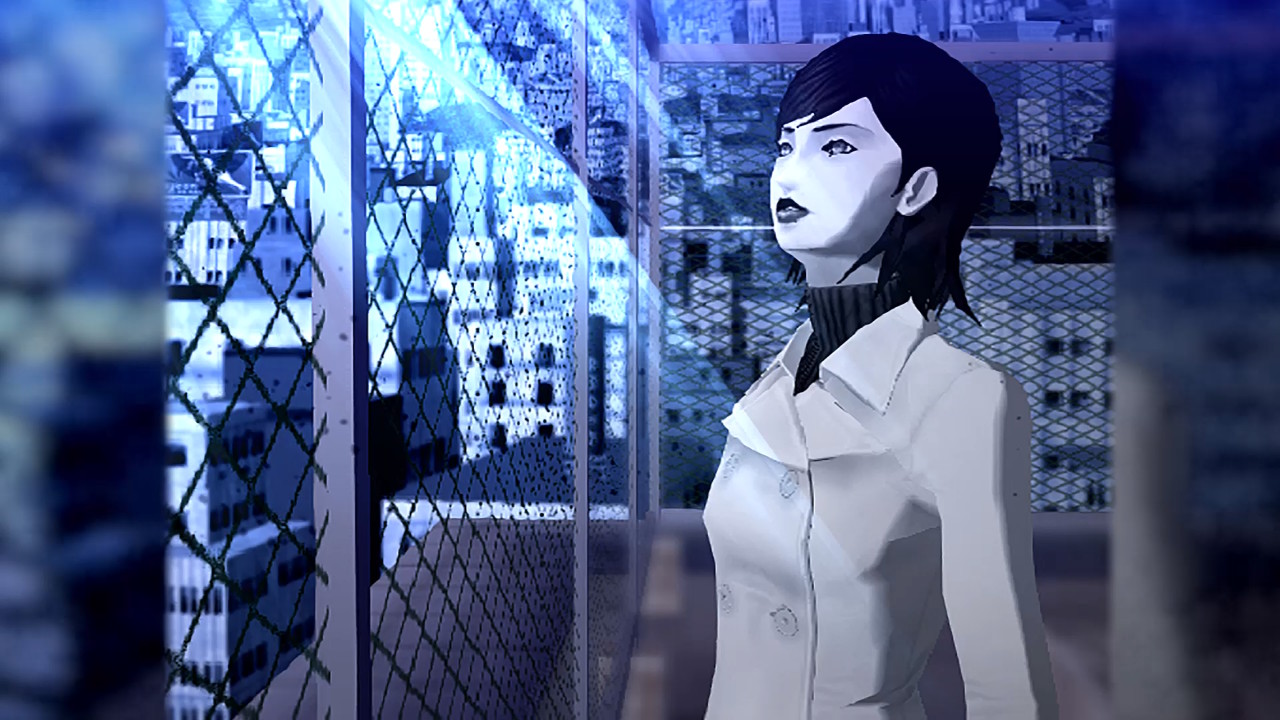
In terms of this remaster, the visuals have made the transition to HD beautifully. Textures were cleaned up rather well, on both character models and the environments. Exploring is improved as well, thanks to the ability to move the camera smoothly with the right thumbstick. The game is gorgeous, more so than it was originally and now presented in beautiful 16:9 Widescreen. FMVs retain their original quality and aspect ratio, which do stand out as a bit jarring, but not too bad. I know they probably didn’t have the original files, but I do wonder if they could have just been remade with the new higher quality assets.
There was one visual glitch that was a consistent issue, and I hope will be addressed by launch. Whenever you interact with a chest or NPC in a dungeon and then turn the camera, the game will flash a black frame for a moment. The game is dark as is, so I don’t think this will have any epilepsy issues, but it’s rather bothersome and very replicable. I have a feeling this will be fixed by the time you all play it, but it was worth mentioning.
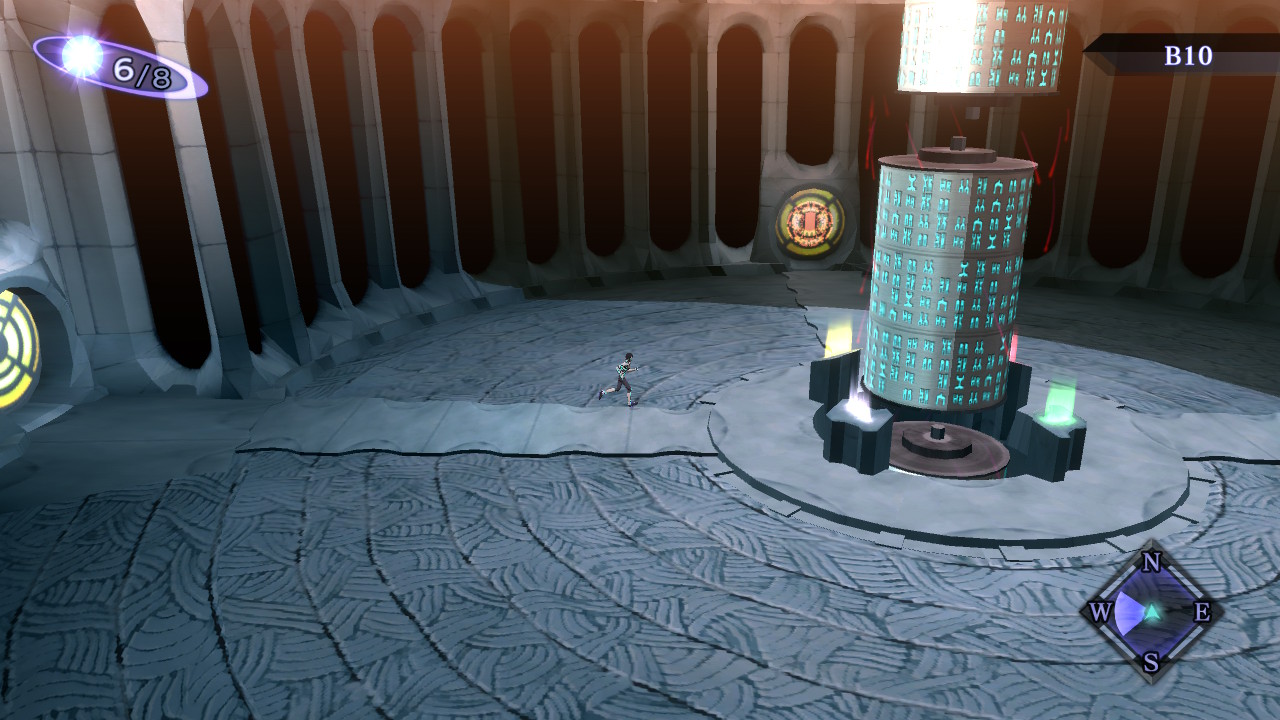
I mentioned this thoroughly in my preview, but the game’s localization got an overhaul and you can experience the story with both English and Japanese voice acting. The original game was voiceless and had an English script that was impressive for the time but reads a bit stilted by today’s standards. The entire game isn’t voiced, with many encounters with random demons being the main scenes to lack voice acting, but almost every cutscene is. I played with the English voice track and was incredibly impressed. All of the voice acting was recorded remotely, but you’d really not think that by listening to it. The audio engineers knocked it out the park, and deserve some serious praise. The script stays faithful to the original intent, but makes the dialogue flow much better. There’s more charm to the dialogue without taking away from the game’s tone, and certain demon names have been updated to keep consistency with modern titles. Not to mention, there’s a new font that I absolutely adore. It’s big, it’s bold, it’s readable on any display, and it fits perfectly with the game. I basically do video editing for a living, so naturally I’ve become a font guy. This is a damn good font.
I’ve heard complaints about the music being the compressed PS2 music and not the soundtrack quality music. I’ll be honest, this really doesn’t bother me. Nocturne has dynamic battle music that changes depending on the moon phase you’re in when you hit the encounter, and the variants to the battle theme were not put on the OST to my knowledge. I imagine this is why the game keeps the original music quality, but regardless I’m not bothered by it. When I want to play Nocturne on my PS2, this is what it sounds like. And the music sounds great to boot even with this “compression”. You know what? The compressed music even adds something to the soundtrack too in a way, if you pardon my pretentiousness.
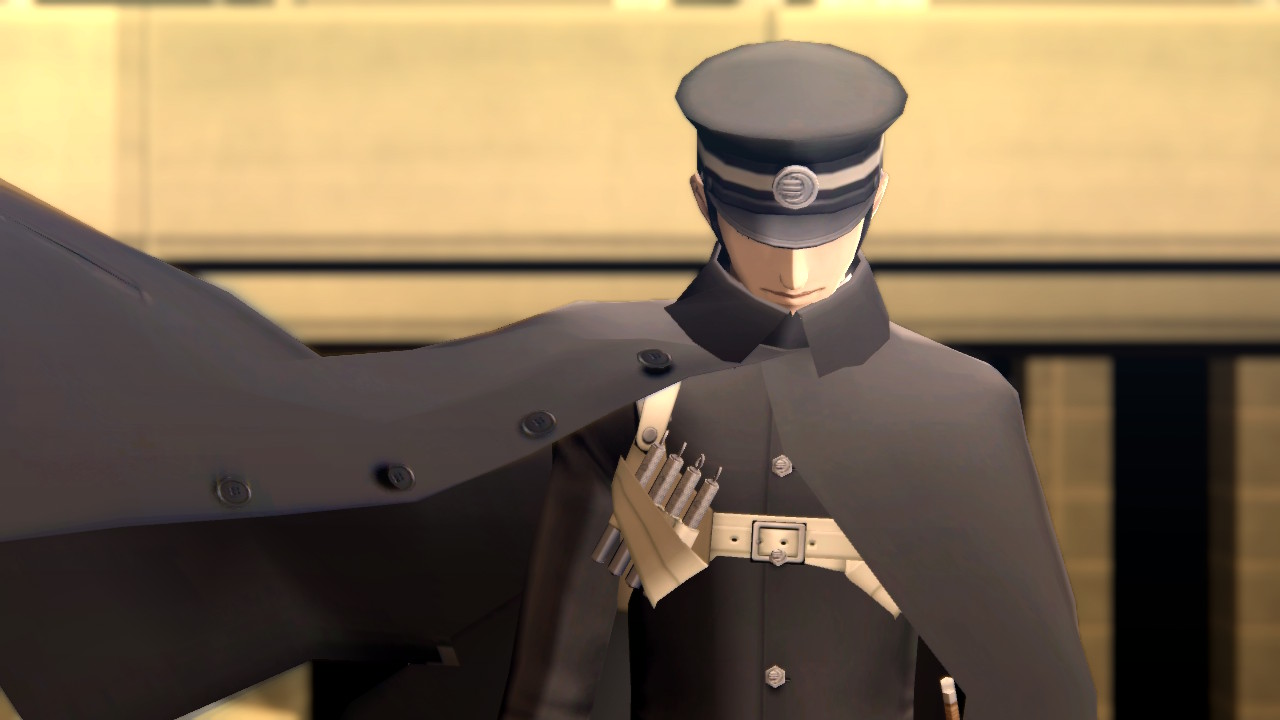
The Switch port is solid, depending on how you play it. I did so mostly on my Nintendo Switch Lite, because I just adore this thing to no end and want to play all my RPGs on it. Outside of that screen flashing issue I mentioned earlier, it’s the perfect way to play for me. There’s some slowdown for multi-hit moves, but since it’s a turn-based RPG I don’t mind too much. The game is incredibly crisp and feels excellent to play on a portable screen. When I tried to play it docked however, there was an issue in particular that stood out. Patches were said to improve the original Japanese release’s input lag for this mode, but I still found a bit of it present. It’s not entirely unplayable, but it doesn’t feel as smooth as portable play. I hope these are pre-release issues that will be fixed soon, but as of now I’ll say go for the Switch version if you want a portable way to play Nocturne. By that merit, it more or less knocks it out of the park and I’ll be playing it this way whenever I revisit it in the future.
It’s enjoyable to nerd out over technical details, but at the end of the day the part of Nocturne that is so special to me is the experience. You’re dropped in a dangerous, threatening new world and forced to fend for yourself. It’s challenging, it can be unforgiving, and it might even hurt your gamer pride. The story is as fascinating as the world it takes place in. The lore is dense and is earned through an optional dungeon that has some of the best content in the entire game. Multiple endings encourage replays. Efforts are made to examine the new cultures that have popped up since the original world ended. The combat and gameplay difficulty offer a steep learning curve, but substantially add to the game’s themes. Your friends’ mental states are examined in detail and you get to see how this sudden change has affected them. There are so many little details that come together to make Nocturne an unforgettable experience. The remaster has enhanced and improved the parts of the core experience I find so special, and that’s why my adoration for this title has only grown despite the issues. Besides, we finally got Raidou Kuzunoha in an officially released English version of Nocturne (I went into that whole thing in my preview and I don’t want to repeat myself). I’ve been waiting years for this, and it’s lived up to my hype.
Despite the occasional issues, which I’m hopeful will be patched out around the time the game launches, I think Nocturne’s HD Remaster is the best way to play the game now. PS2 Shin Megami Tensei titles are truly something special. It was an era where the series was boldly re-defining itself, and we got some of the coolest RPGs of all time because of it. It is rather unfortunate that outside of this, the only other PS2 title in the franchise to be given a widescreen remaster is Persona 4. I’d love to see them take the lessons learned from this game’s development and give the Raidou Kuzunoha or Digital Devil Saga Duologies the HD Remaster treatments. Shin Megami Tensei III: Nocturne HD Remaster is the definitive version of one of the greatest Shin Megami Tensei games ever made. The new localization reads wonderfully, the voice acting gives so much life to the cast of characters, the gameplay has been improved and rebalanced, and it made a beautiful game look even better. This is probably the best way to get into the series, and is great for fans of the original to re-experience this classic as we approach the release of Shin Megami Tensei V. I’ve been waiting for years for the next mainline entry, and I couldn’t be more excited. I’m primed and ready now ATLUS, show me what you got.
Version Tested: Nintendo Switch
Review copy provided by ATLUS

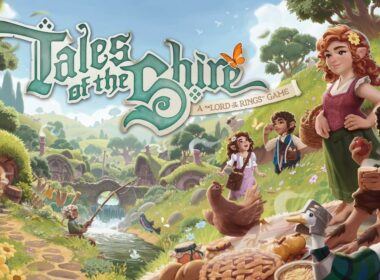
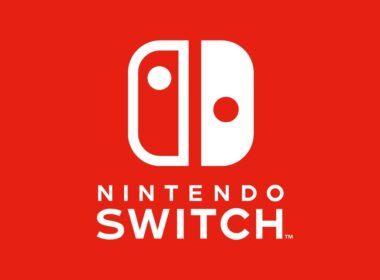
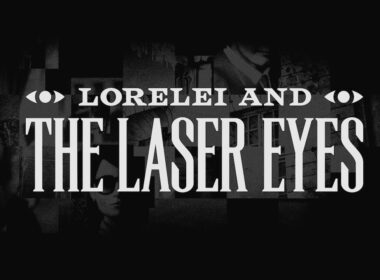
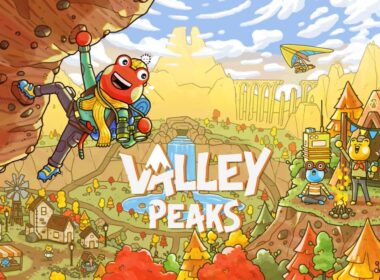
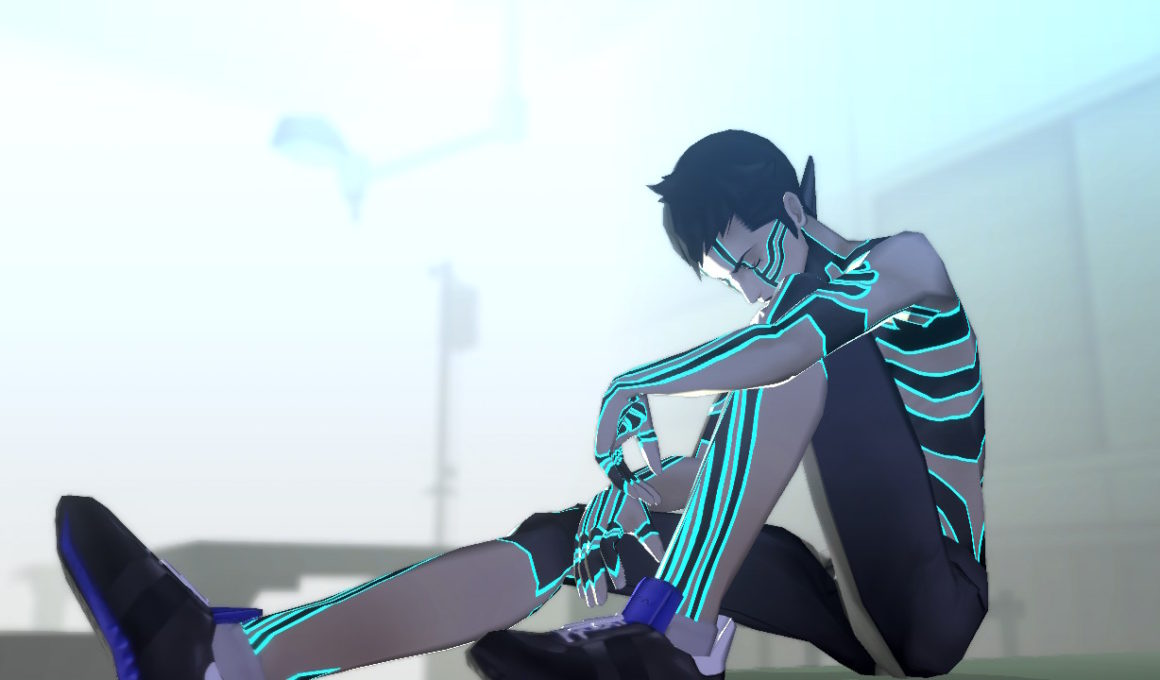
Great detailed review as always Cullen. Darn this game was difficult on the PS2 as this game REQUIRES you to use buffs and debuffs which are often useless in standard JRPGs. And I tried to do a magic based build.